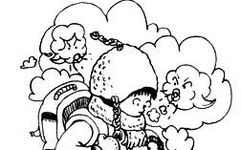—— The following is the main text ——
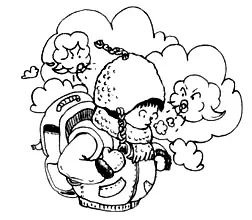 Symptoms: The main symptoms include severe chills, mild fever, headache, no sweating, clear nasal discharge, thin white phlegm, no thirst, and a thin white tongue coating. Treatment: Gua Sha on the neck (xiang cong gua), neck three bands (xiang san dai), scapular ring (jian jia huan), gua on the zhong point (shan zhong gua), feng chi (Fengchi), da zhui (Dazhui), and zu san li (Zusanli).Technique: Apply an appropriate amount of Gua Sha oil to the area to be treated, starting with the neck three bands using a draining technique, as the shoulder muscles are rich and require more force. Cupping can be added at the shoulder well (jian jing); the Dazhui area also needs to be treated gently, without excessive force, to achieve the desired Gua Sha marks.
Symptoms: The main symptoms include severe chills, mild fever, headache, no sweating, clear nasal discharge, thin white phlegm, no thirst, and a thin white tongue coating. Treatment: Gua Sha on the neck (xiang cong gua), neck three bands (xiang san dai), scapular ring (jian jia huan), gua on the zhong point (shan zhong gua), feng chi (Fengchi), da zhui (Dazhui), and zu san li (Zusanli).Technique: Apply an appropriate amount of Gua Sha oil to the area to be treated, starting with the neck three bands using a draining technique, as the shoulder muscles are rich and require more force. Cupping can be added at the shoulder well (jian jing); the Dazhui area also needs to be treated gently, without excessive force, to achieve the desired Gua Sha marks.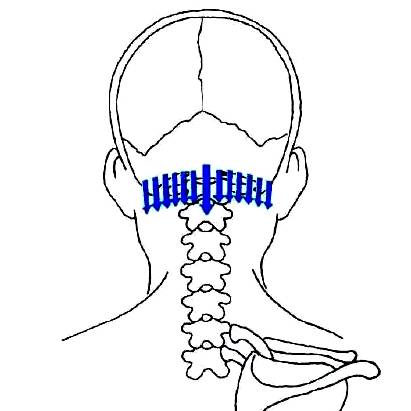 Next, perform Gua Sha on the neck three bands using a balanced technique, with emphasis on the feng chi point.
Next, perform Gua Sha on the neck three bands using a balanced technique, with emphasis on the feng chi point.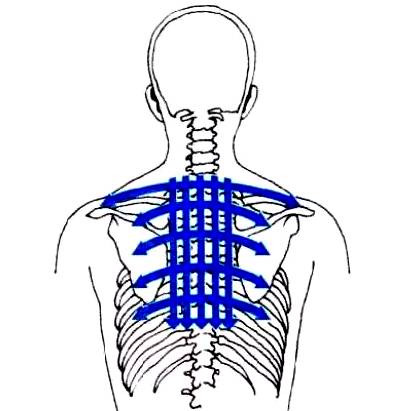 Then, Gua Sha on the scapular ring, focusing on the lung shu (Feishu) and scapular area.
Then, Gua Sha on the scapular ring, focusing on the lung shu (Feishu) and scapular area.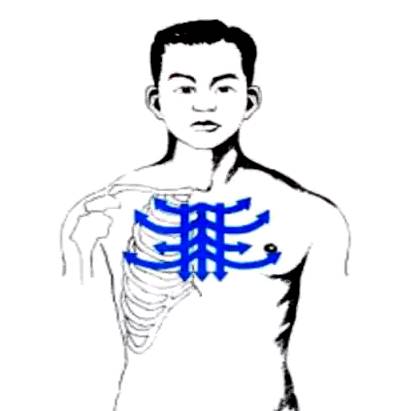
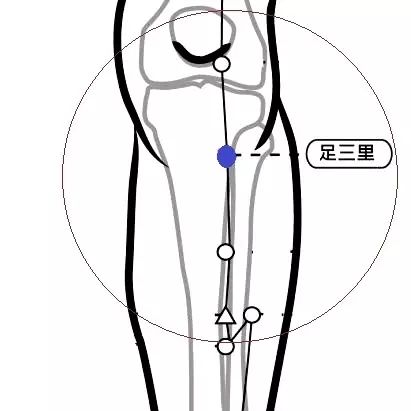 Then, Gua Sha on the zhong point, using gentle techniques; finally, Gua Sha on the zu san li, extending the strokes as much as possible.Wind-Heat Common Cold
Then, Gua Sha on the zhong point, using gentle techniques; finally, Gua Sha on the zu san li, extending the strokes as much as possible.Wind-Heat Common Cold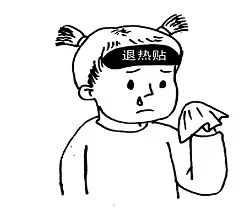 Symptoms: The main symptoms include mild chills, high fever, headache, sweating, thick nasal discharge, yellow phlegm, thirst, and a thin yellow tongue coating. Treatment: Gua Sha on the neck (xiang cong gua), neck three bands (xiang san dai), scapular ring (jian jia huan), feng chi (Fengchi), feng fu (Fengfu), da zhui (Dazhui), he gu (Hegu), qu chi (Quchi), chi ze (Chize), wai guan (Waiguan), zu san li (Zusanli).Technique: Apply an appropriate amount of Gua Sha oil to the area to be treated, starting with the neck three bands using a balanced technique, emphasizing the feng chi and feng fu points.
Symptoms: The main symptoms include mild chills, high fever, headache, sweating, thick nasal discharge, yellow phlegm, thirst, and a thin yellow tongue coating. Treatment: Gua Sha on the neck (xiang cong gua), neck three bands (xiang san dai), scapular ring (jian jia huan), feng chi (Fengchi), feng fu (Fengfu), da zhui (Dazhui), he gu (Hegu), qu chi (Quchi), chi ze (Chize), wai guan (Waiguan), zu san li (Zusanli).Technique: Apply an appropriate amount of Gua Sha oil to the area to be treated, starting with the neck three bands using a balanced technique, emphasizing the feng chi and feng fu points. Next, Gua Sha on the neck three bands using a draining technique, as the shoulder muscles are rich and require more force. Cupping can be added at the shoulder well (jian jing); the Dazhui area also needs to be treated gently, without excessive force, to achieve the desired Gua Sha marks.
Next, Gua Sha on the neck three bands using a draining technique, as the shoulder muscles are rich and require more force. Cupping can be added at the shoulder well (jian jing); the Dazhui area also needs to be treated gently, without excessive force, to achieve the desired Gua Sha marks. Then, Gua Sha on the scapular ring, focusing on the lung shu (Feishu) and the inner edge of the scapula, using a vertical five-band technique, with the first band (governing vessel) treated gently, while the rest are treated with a draining technique, emphasizing the lung shu and scapular area.Finally, Gua Sha on the upper limbs, including qu chi, chi ze, wai guan, he gu, and ending with zu san li.For the limbs, the Gua Sha strokes should be as long as possible, and at the he gu and zu san li points, a combination of pressing, kneading, and rubbing techniques can be used to enhance the therapeutic effect.Summer-Damp Common Cold
Then, Gua Sha on the scapular ring, focusing on the lung shu (Feishu) and the inner edge of the scapula, using a vertical five-band technique, with the first band (governing vessel) treated gently, while the rest are treated with a draining technique, emphasizing the lung shu and scapular area.Finally, Gua Sha on the upper limbs, including qu chi, chi ze, wai guan, he gu, and ending with zu san li.For the limbs, the Gua Sha strokes should be as long as possible, and at the he gu and zu san li points, a combination of pressing, kneading, and rubbing techniques can be used to enhance the therapeutic effect.Summer-Damp Common Cold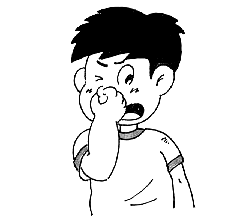 Symptoms: This is commonly seen in summer, when the body is affected by summer heat, often accompanied by dampness, presenting with fever, sweating that does not resolve, nasal congestion, thick nasal discharge, dizziness, headache, a heavy body feeling, irritability, thirst, chest tightness, nausea, short and red urine, and a yellow greasy tongue coating. Treatment: Gua Sha on the scapular ring (jian jia huan), zhong point (shan zhong), san wan (san wan), chi ze (Chize), he gu (Hegu), zhong wan (Zhongwan), zu san li (Zusanli), zhi gou (Zhigou), and zhong point (shan zhong).Technique: Apply an appropriate amount of Gua Sha oil to the area to be treated, starting with the scapular ring using a vertical five-band technique, treating the first band (governing vessel) gently, while the rest are treated with a draining technique.
Symptoms: This is commonly seen in summer, when the body is affected by summer heat, often accompanied by dampness, presenting with fever, sweating that does not resolve, nasal congestion, thick nasal discharge, dizziness, headache, a heavy body feeling, irritability, thirst, chest tightness, nausea, short and red urine, and a yellow greasy tongue coating. Treatment: Gua Sha on the scapular ring (jian jia huan), zhong point (shan zhong), san wan (san wan), chi ze (Chize), he gu (Hegu), zhong wan (Zhongwan), zu san li (Zusanli), zhi gou (Zhigou), and zhong point (shan zhong).Technique: Apply an appropriate amount of Gua Sha oil to the area to be treated, starting with the scapular ring using a vertical five-band technique, treating the first band (governing vessel) gently, while the rest are treated with a draining technique.
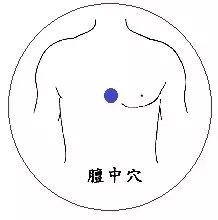 Then, Gua Sha on the zhong point, using gentle techniques; next, Gua Sha on the inner side of the upper limbs at chi ze, the outer side at zhi gou and he gu, and finally Gua Sha on zu san li.For the limbs, the Gua Sha strokes should be as long as possible, and at the he gu and zu san li points, a combination of pressing, kneading, and rubbing techniques can be used to enhance the therapeutic effect.For sore throat, consider Gua Sha at the shao shang (Shaoshang) and da zhui (Dazhui) points.
Then, Gua Sha on the zhong point, using gentle techniques; next, Gua Sha on the inner side of the upper limbs at chi ze, the outer side at zhi gou and he gu, and finally Gua Sha on zu san li.For the limbs, the Gua Sha strokes should be as long as possible, and at the he gu and zu san li points, a combination of pressing, kneading, and rubbing techniques can be used to enhance the therapeutic effect.For sore throat, consider Gua Sha at the shao shang (Shaoshang) and da zhui (Dazhui) points.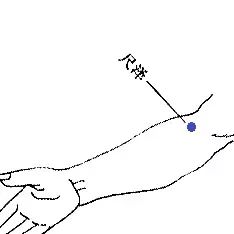

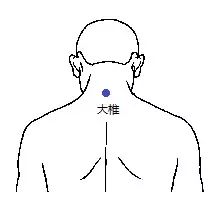 Body temperature exceeding 39°C indicates high fever
Body temperature exceeding 39°C indicates high fever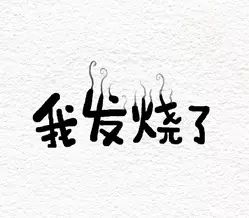 Special Gua Sha Points: Neck three bands (xiang san dai), scapular ring (jian jia huan), elbow pit (wei zhong), qu chi (Quchi), he gu (Hegu), and wei zhong three bands (wei zhong san dai).
Special Gua Sha Points: Neck three bands (xiang san dai), scapular ring (jian jia huan), elbow pit (wei zhong), qu chi (Quchi), he gu (Hegu), and wei zhong three bands (wei zhong san dai). Apply an appropriate amount of Gua Sha oil to the area to be treated, starting with the neck three bands, focusing on the Dazhui and shoulder well points to promote Gua Sha marks, which can accelerate fever reduction.
Apply an appropriate amount of Gua Sha oil to the area to be treated, starting with the neck three bands, focusing on the Dazhui and shoulder well points to promote Gua Sha marks, which can accelerate fever reduction. Then, Gua Sha on the scapular ring, which has the functions of dispelling exterior pathogens, clearing heat, promoting Yang, calming the mind, and nourishing deficiency. Focus on the vertical five-band technique, treating the first band (governing vessel) gently, while the rest are treated with a draining technique, and cupping can be added based on the Gua Sha marks.
Then, Gua Sha on the scapular ring, which has the functions of dispelling exterior pathogens, clearing heat, promoting Yang, calming the mind, and nourishing deficiency. Focus on the vertical five-band technique, treating the first band (governing vessel) gently, while the rest are treated with a draining technique, and cupping can be added based on the Gua Sha marks.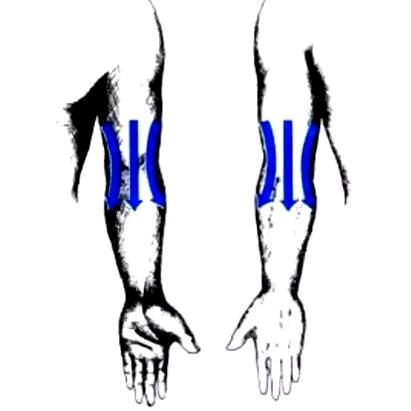 Gua Sha on the elbow pit using a draining technique to promote Gua Sha marks.
Gua Sha on the elbow pit using a draining technique to promote Gua Sha marks.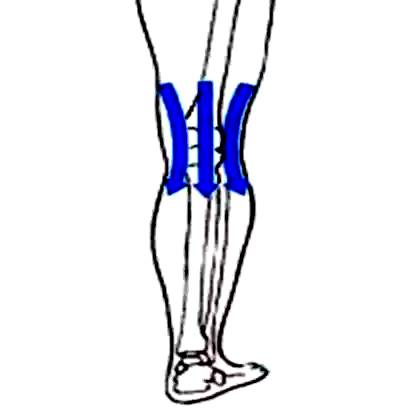
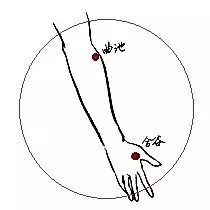 Gua Sha on the wei zhong three bands using a draining technique to promote Gua Sha marks, which has a rapid effect on reducing fever.Finally, Gua Sha on qu chi and he gu, extending the strokes as much as possible.Precautions for Gua ShaKey Points of Operation(1) Fully expose the area to be treated, applying Gua Sha oil or other mediums evenly on the skin;(2) Hold the Gua Sha board, starting with light and slow techniques, gradually increasing pressure and speed as the patient adapts, ensuring the techniques are within the patient’s tolerance. It is advisable to scrape in one direction along the meridians, focusing on painful points and acupoints to achieve Gua Sha marks.(3) After Gua Sha, advise the patient to drink warm water to assist in detoxification and expelling pathogens.Precautions(1) It is normal for mild pain or itching to occur in the treated area 1-2 days after Gua Sha; avoid cold showers for 30 minutes after Gua Sha; in summer, avoid direct airflow from fans or air conditioning on the treated area; in winter, ensure warmth.(2) Gua Sha therapy has strict requirements regarding direction, timing, technique, intensity, indications, and contraindications. Improper operation may lead to discomfort or even worsen the condition, so it is essential to strictly follow operational guidelines or medical advice and not perform it casually at home.
Gua Sha on the wei zhong three bands using a draining technique to promote Gua Sha marks, which has a rapid effect on reducing fever.Finally, Gua Sha on qu chi and he gu, extending the strokes as much as possible.Precautions for Gua ShaKey Points of Operation(1) Fully expose the area to be treated, applying Gua Sha oil or other mediums evenly on the skin;(2) Hold the Gua Sha board, starting with light and slow techniques, gradually increasing pressure and speed as the patient adapts, ensuring the techniques are within the patient’s tolerance. It is advisable to scrape in one direction along the meridians, focusing on painful points and acupoints to achieve Gua Sha marks.(3) After Gua Sha, advise the patient to drink warm water to assist in detoxification and expelling pathogens.Precautions(1) It is normal for mild pain or itching to occur in the treated area 1-2 days after Gua Sha; avoid cold showers for 30 minutes after Gua Sha; in summer, avoid direct airflow from fans or air conditioning on the treated area; in winter, ensure warmth.(2) Gua Sha therapy has strict requirements regarding direction, timing, technique, intensity, indications, and contraindications. Improper operation may lead to discomfort or even worsen the condition, so it is essential to strictly follow operational guidelines or medical advice and not perform it casually at home.
(3) Patients with bleeding tendencies, severe skin allergies, extreme weakness, or severe heart failure should avoid or be cautious with Gua Sha. Gua Sha therapy is not suitable for everyone; generally, those with thrombocytopenia, liver and kidney dysfunction, bleeding tendencies, or skin inflammation are not suitable for this therapy.
Please share this article to remind everyone
Friends who like this articleRemember to click 【Daily Learn Meridians】 below to 【follow】~
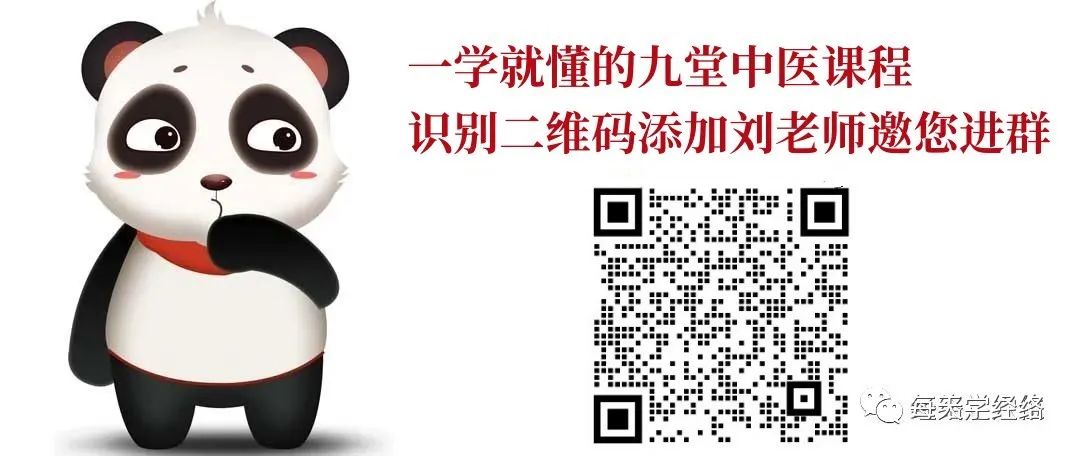
Light it up to let more people see~
(Share it in your circle, your friends will appreciate it)
Individual differences exist·If medication is involved·must follow medical advice


